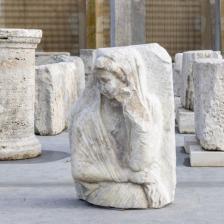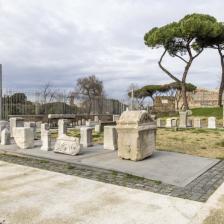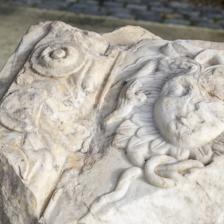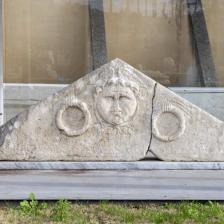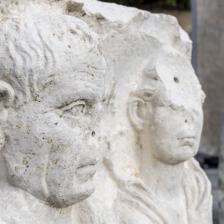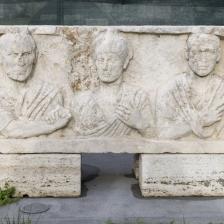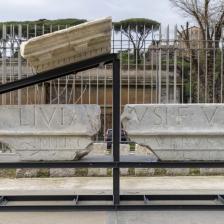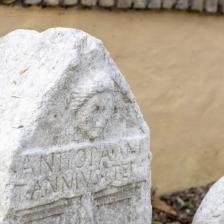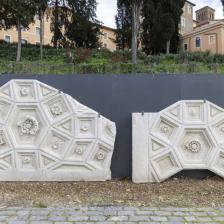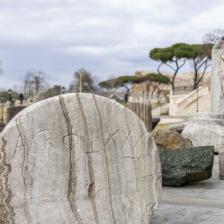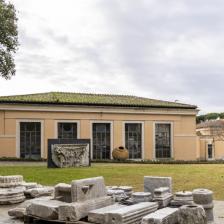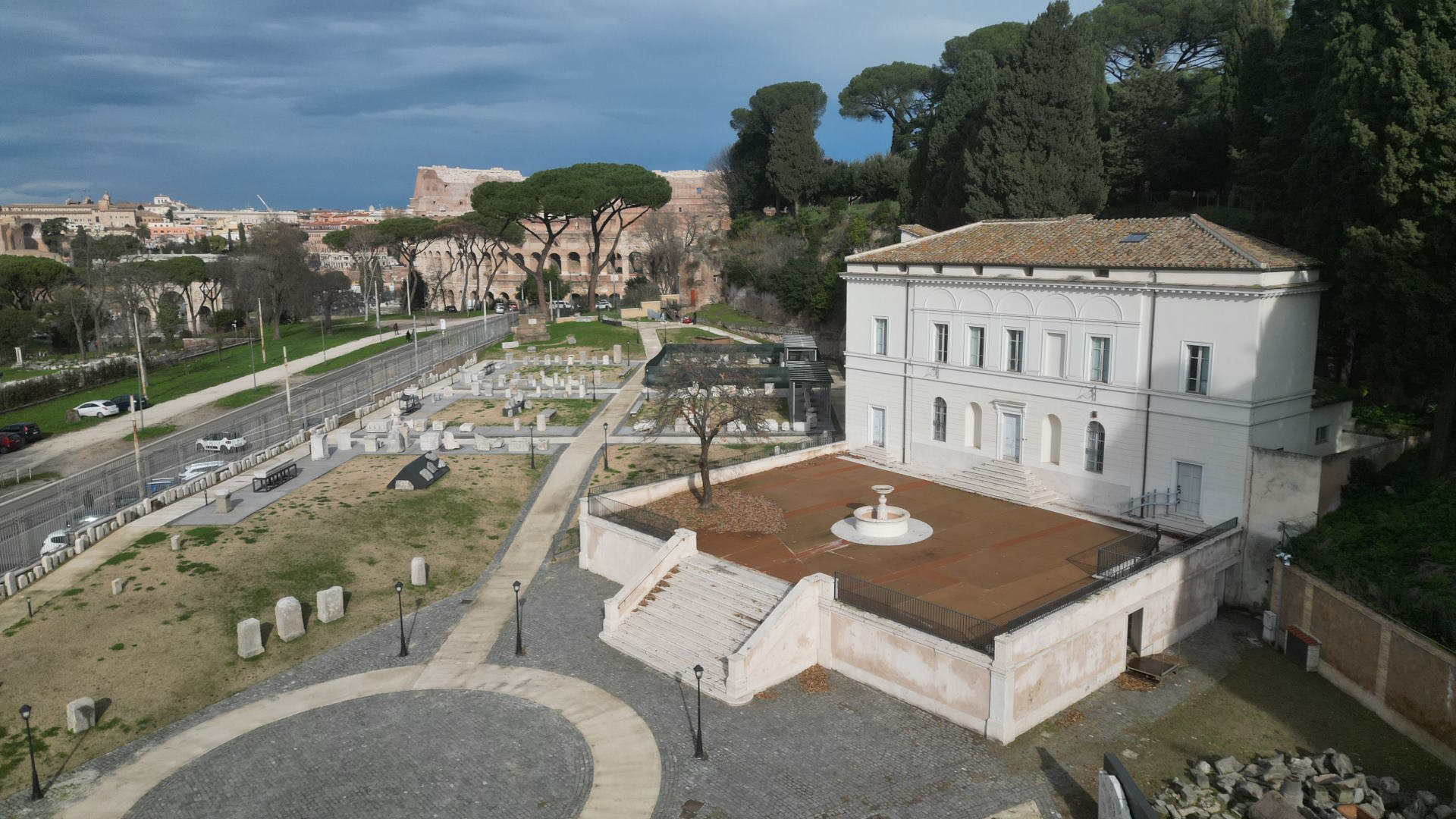
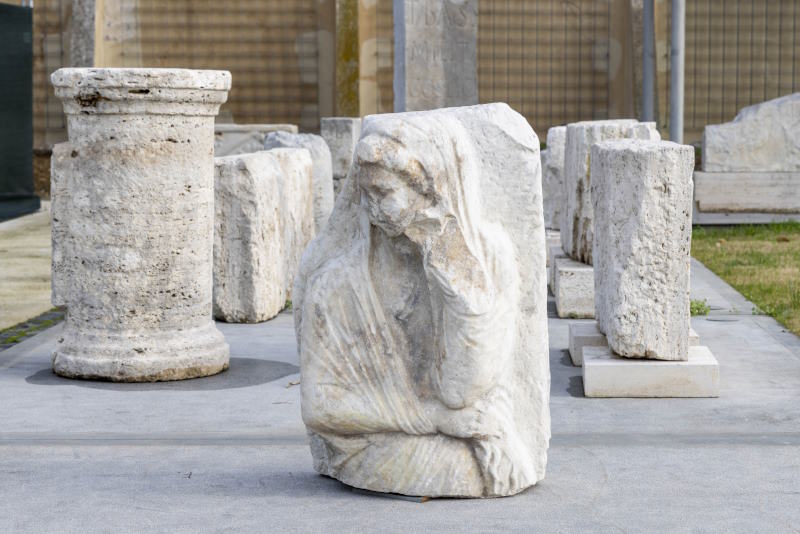
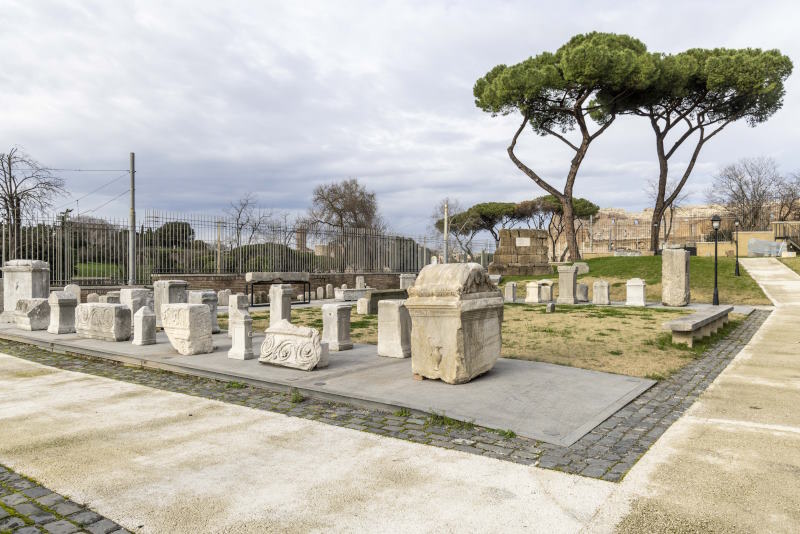
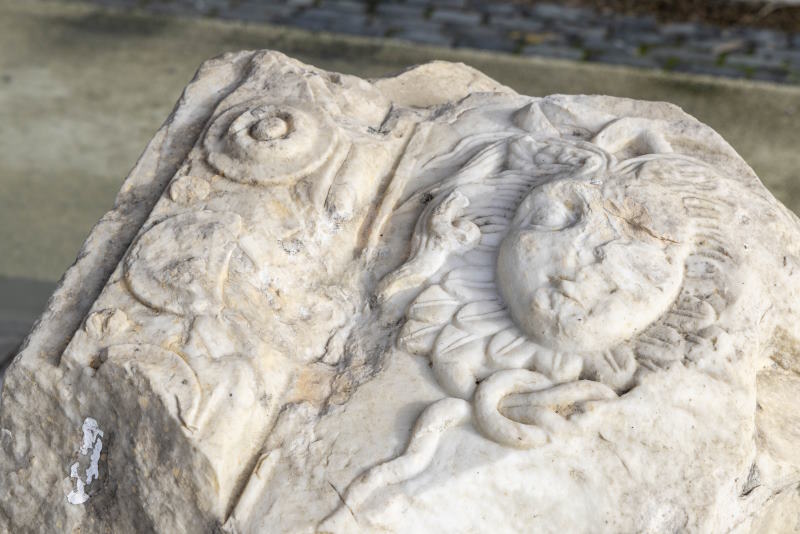
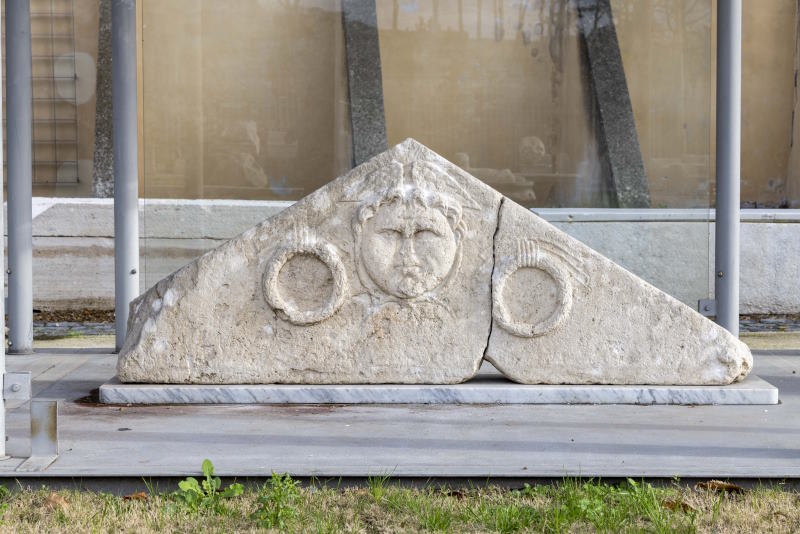
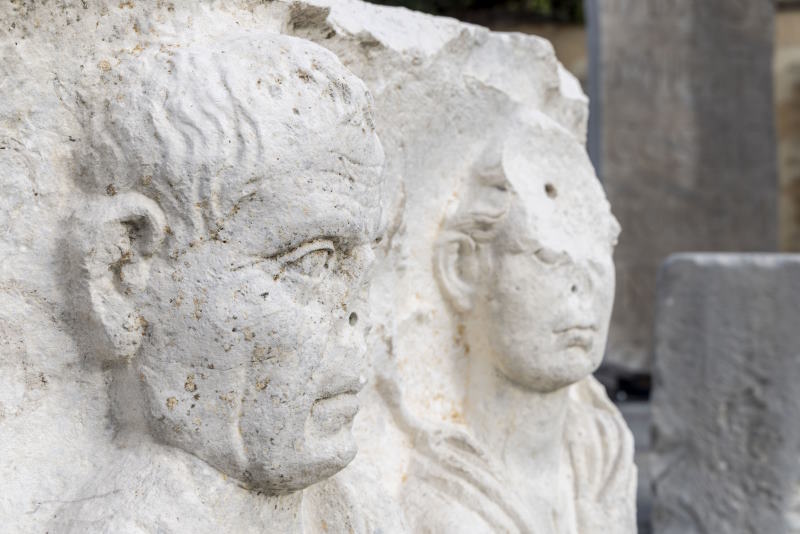
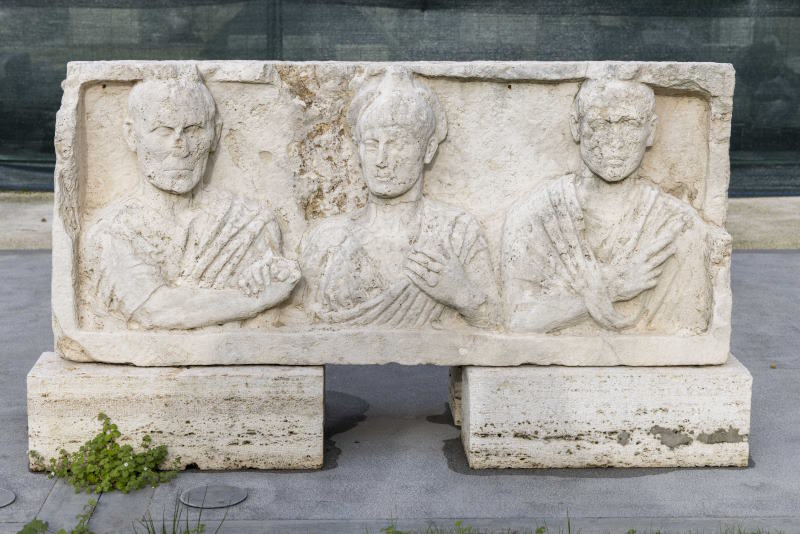
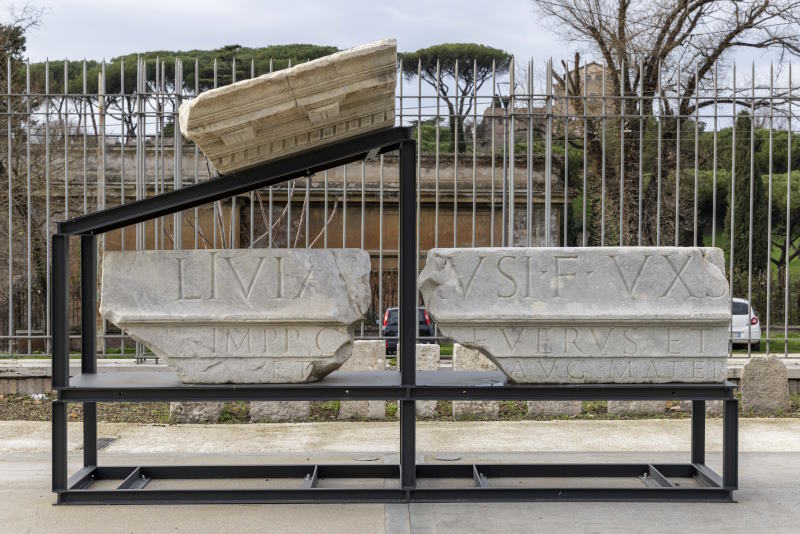
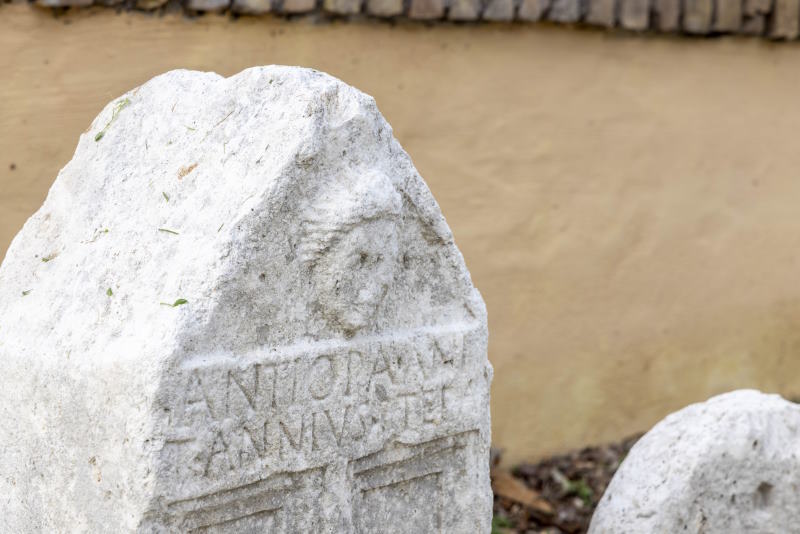
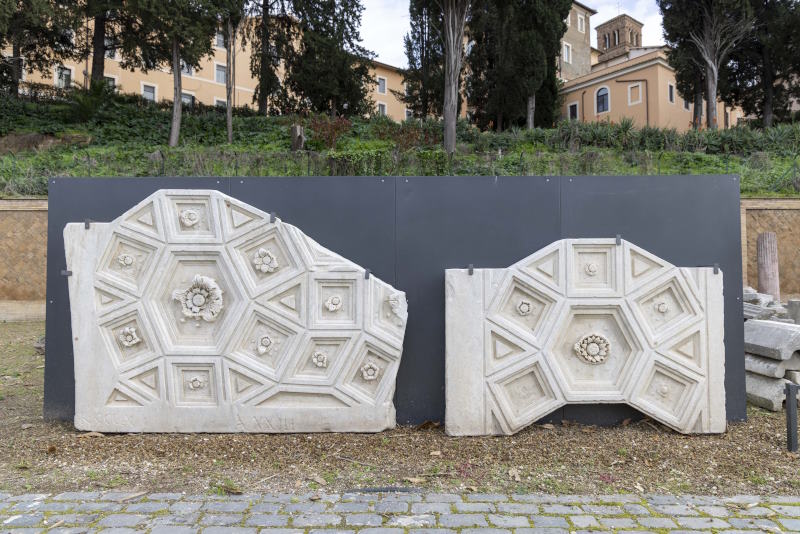
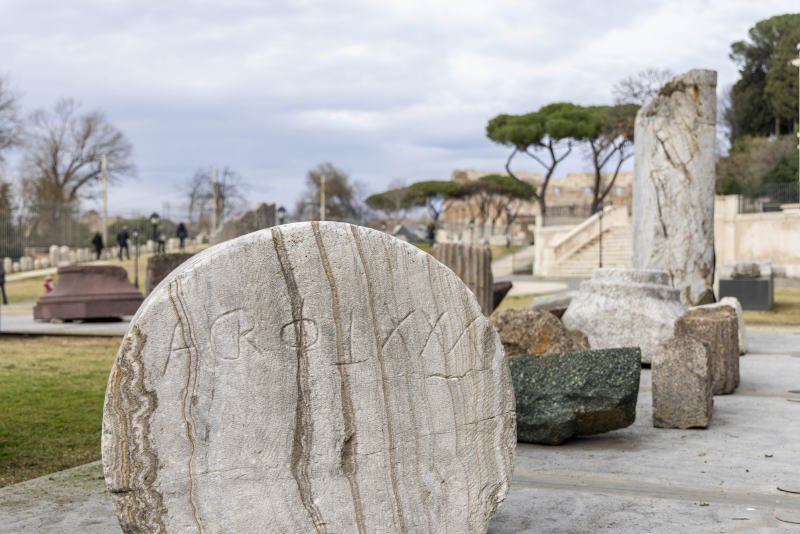
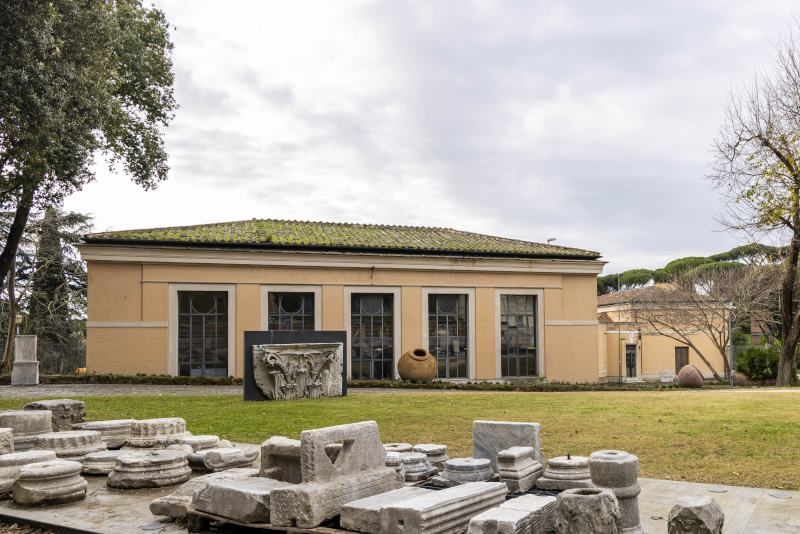
Le parc archéologique du Caelius occupe le secteur nord-ouest de la colline, dans un espace vert qui surplombe le Colisée et qui conserve d'importants vestiges archéologiques, dont les restes du temple de Divus Claudius. Il est le résultat des transformations qui l'ont affecté au fil du temps, depuis le XVIe siècle (lorsque la famille Cornovaglia acheta la zone et la transforma en vignoble) jusqu'à l'époque napoléonienne, lorsque les Français qui occupaient la ville y déversèrent l'énorme quantité de terre provenant des fouilles du Colisée et du Forum Romain.
En 1835, le pape Grégoire XVI décida de transformer le jardin, connu sous le nom de Jardin Botanique, qui s'était développé sur la grande terrasse artificielle formée par la décharge, en une « promenade publique ». La tâche de réaménager et d'agrandir le parc fut confiée à l'architecte Gaspare Salvi, qui traça plusieurs avenues dans la zone et construisit un bâtiment (la Casina del Salvi), inspiré du « café » de Valadier sur le Pincio, qui devait servir de point de ravitaillement. En 1847, la Casina del Salvi et le parc sont entrés dans le patrimoine municipal de Rome par le Motu Proprio de Pie IX.
Entre la fin du XIXe et le début du XXe siècle, deux autres bâtiments ont été construits dans le parc : dans la partie nord, l'Ex Antiquarium Comunale, créé en tant que Magazzino Archeologico Comunale (Magasin archéologique communal) en 1884 et devenu un musée de 1929 à 1939 (date à laquelle il est devenu inutilisable en raison de problèmes structurels) ; et, au sud, l'Ex Palestra della Gioventù Italiana del Littorio (Palestre de la Jeunesse italienne du Littorio), achevé en 1929. Aujourd'hui, le parc est divisé en deux grandes zones par la Viale del Parco del Celio, où passe la ligne de tramway construite après la Seconde Guerre mondiale.
L'ouverture au public du Parc archéologique du Caelius a été rendue possible grâce aux travaux réalisés sous la direction scientifique de la Sovrintendenza Capitolina ai Beni Culturali di Roma Capitale, dans le cadre du projet de mise en valeur de toute la zone du Caelius, qui fait lui-même partie du programme de réaménagement du Centre archéologique monumental (CArMe) commandé par Roma Capitale. Le jardin, dont l'accès est gratuit, abrite une multitude de pièces archéologiques, architecturales et épigraphiques provenant des grandes fouilles réalisées à la fin du XIXe siècle pour la construction de nouveaux quartiers et infrastructures et conservées auparavant dans l'ancien Antiquarium Comunale.
Les matériaux sont organisés par noyaux thématiques et offrent au visiteur la possibilité d'approfondir sa connaissance de la Rome antique au quotidien : de la sphère funéraire au goût architectural et aux techniques de construction, du sens du divin au contraste entre bâtiments publics et privés (avec de grands fragments d'édifices publics et des socles de statues honorifiques) et à la présence administrative de Rome sur le territoire (avec des bornes marquant le lit du Tibre ou les zones relatives aux aqueducs). Un noyau d'artefacts introduit enfin le thème de la réutilisation et du remaniement, un phénomène qui traverse toute l'histoire architecturale de la ville.
À l'intérieur du parc, dans le bâtiment de l'ancienne Palestra della Gioventù Italiana del Littorio, a été installé le nouveau Museo della Forma Urbis, qui abrite des fragments de la célèbre Forma Urbis Romae, le gigantesque plan en marbre de la Rome antique gravé entre 203 et 211 après Jésus-Christ sous l'empereur Septime Sévère.
Musée de la Forma Urbis
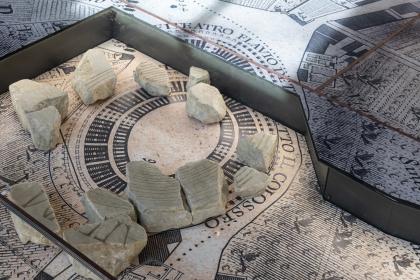
 Condividi
Condividi
Musées du Capitole
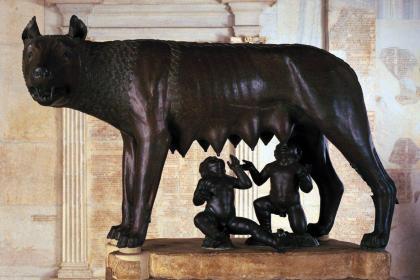
 Condividi
Condividi
Rione XIX - Celio

Forum Romain et Colline du Palatin
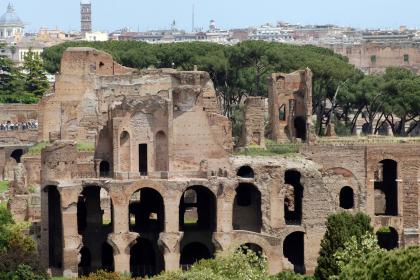
 Condividi
Condividi
L’Amphithéâtre Flavio (Colisée)

 Condividi
Condividi
Informations
Parco archeologico del Celio
Aperto dalle 7.00 alle 17.30 (ora solare) - dalle 7.00 alle 20.00 (ora legale)
Chiuso 25 dicembre, 1 maggio
Museo della Forma Urbis > orari
 Condividi
Condividi
Location
Pour connaître tous les services d'accessibilité, visitez la section Rome accessible.












































